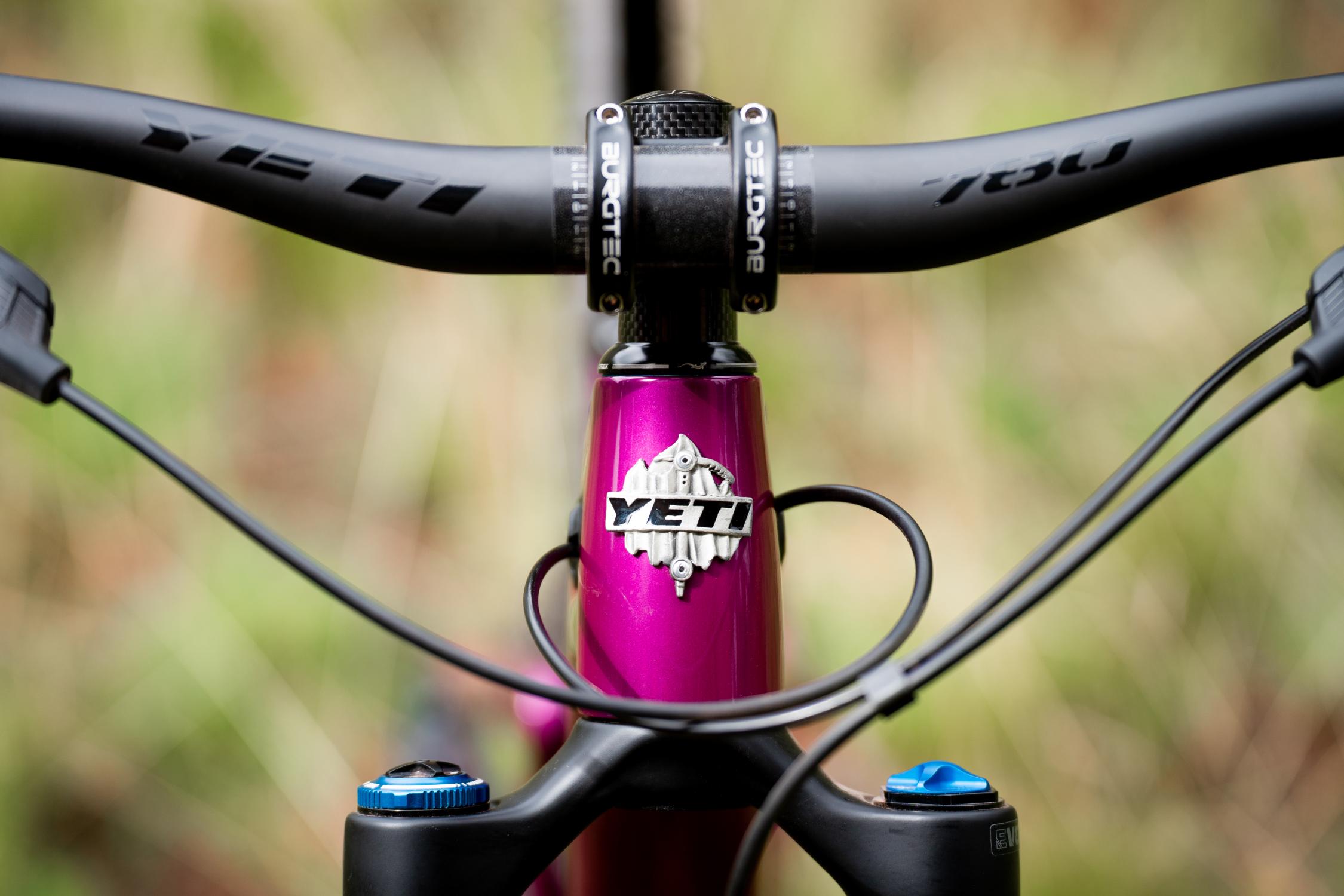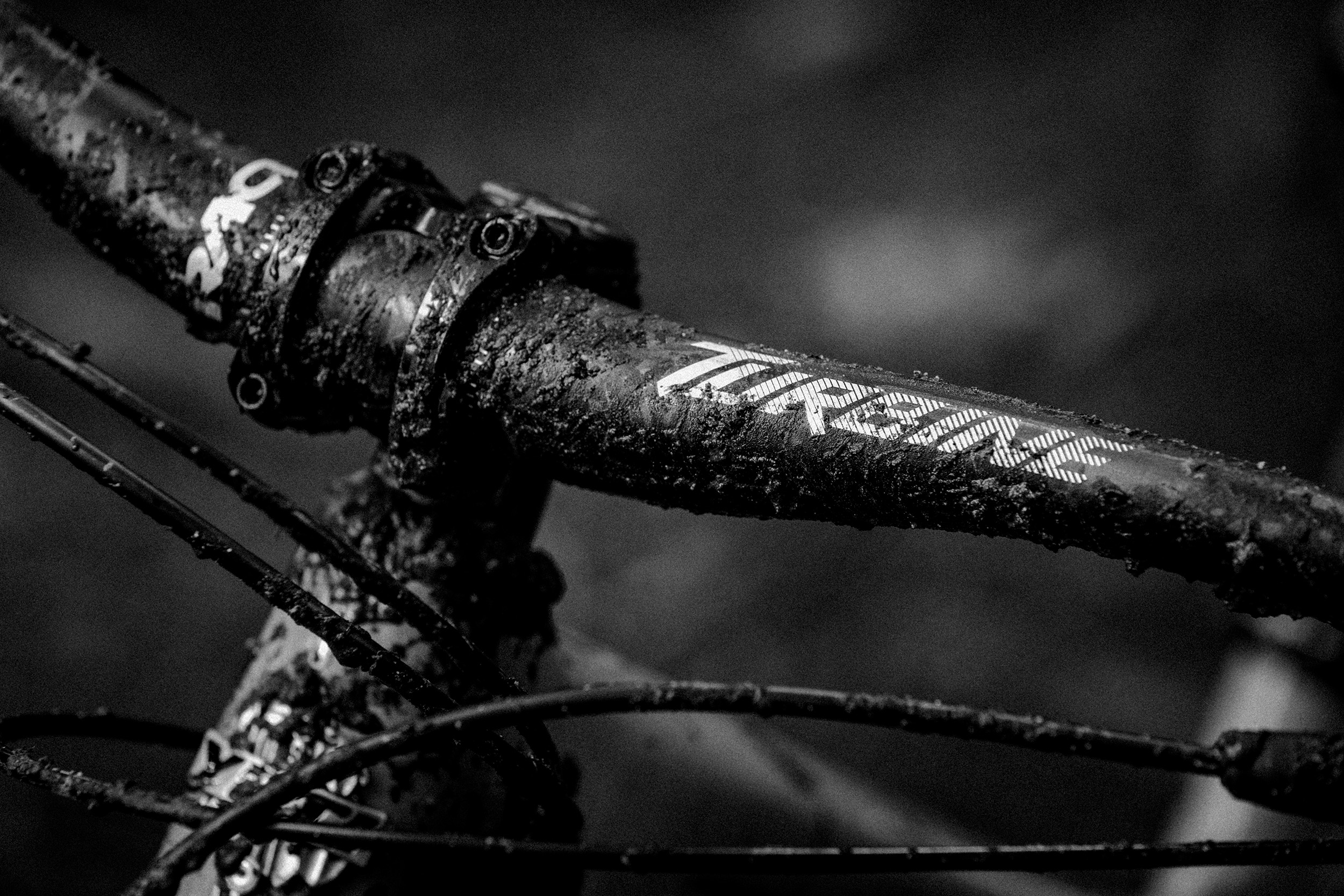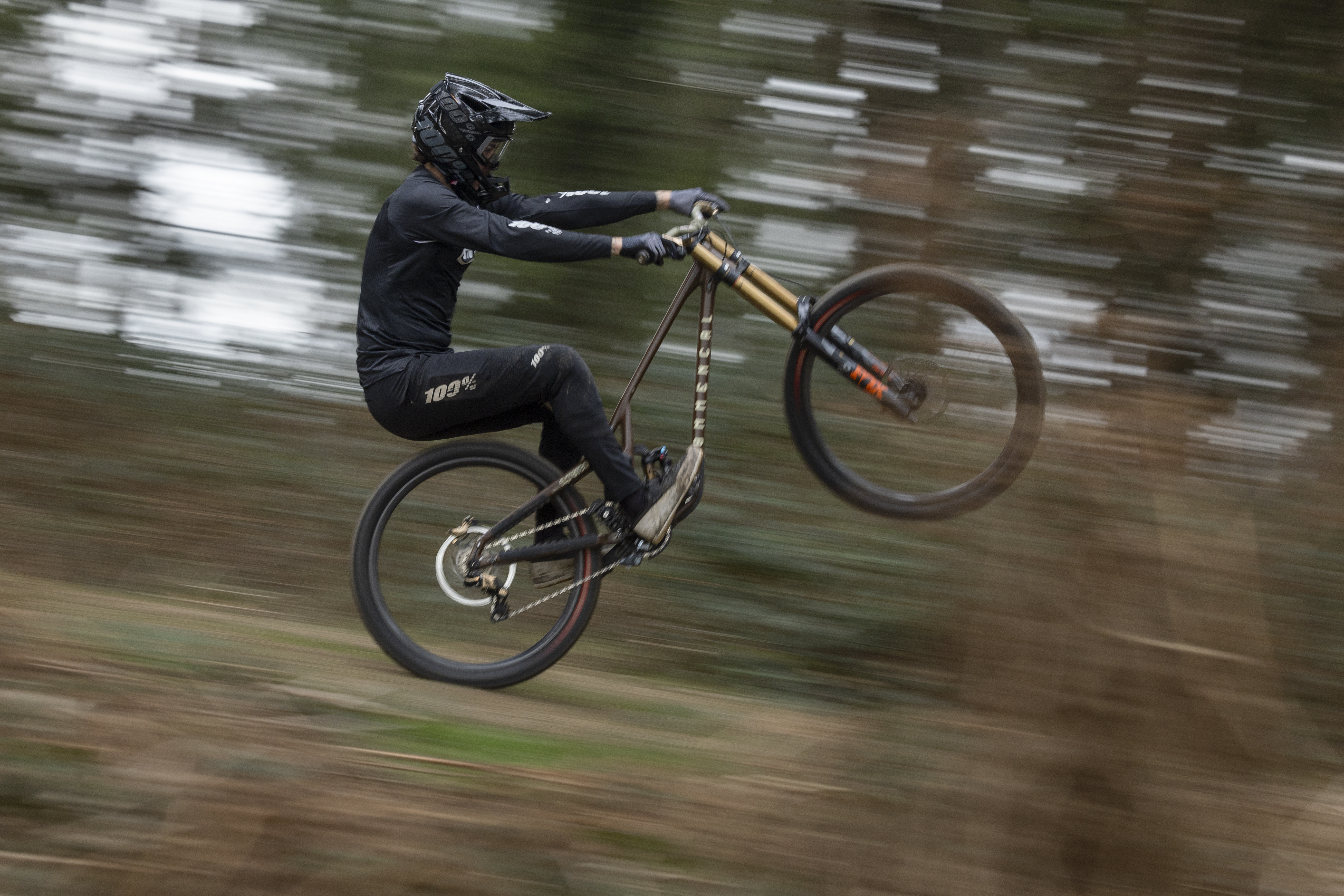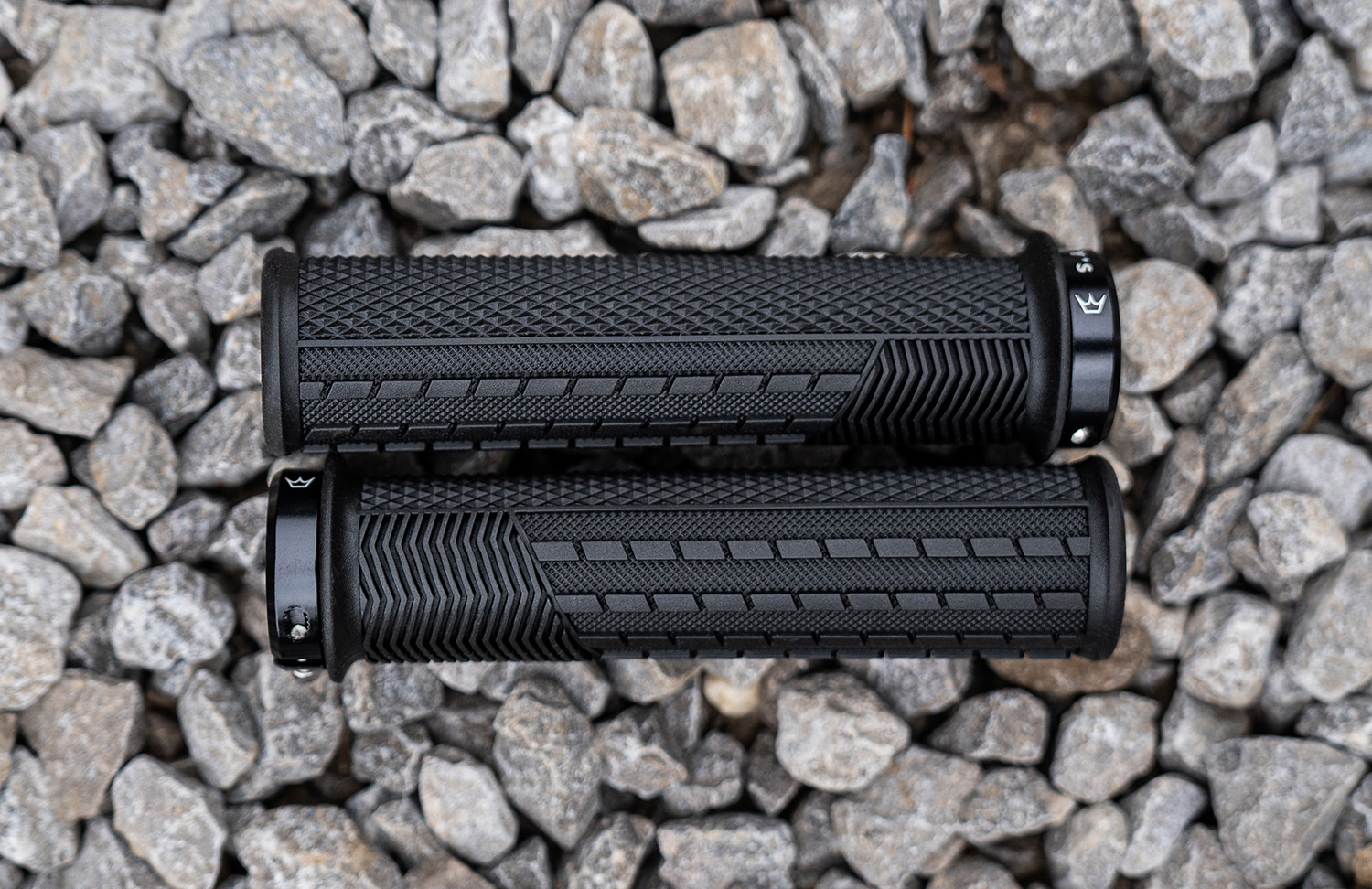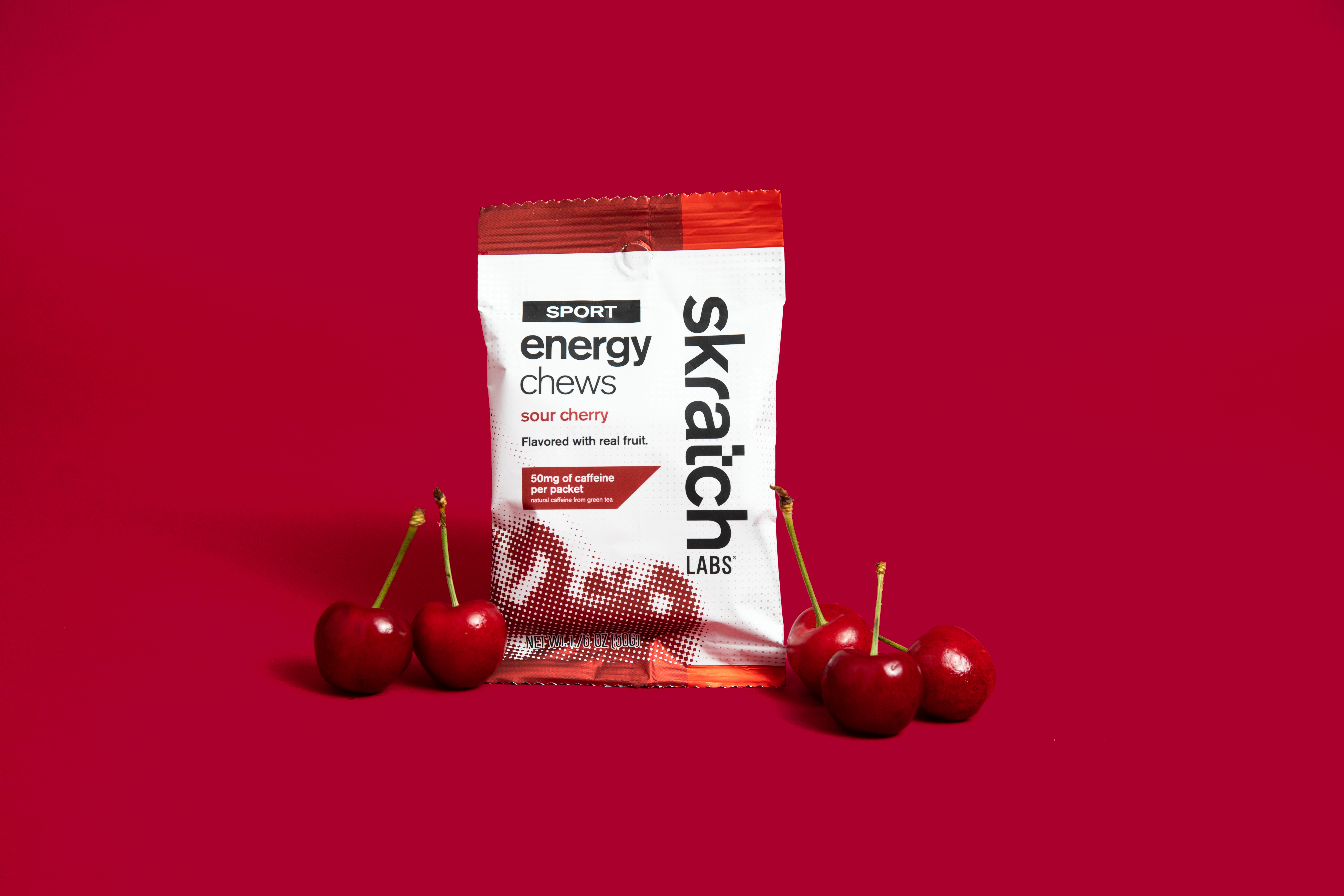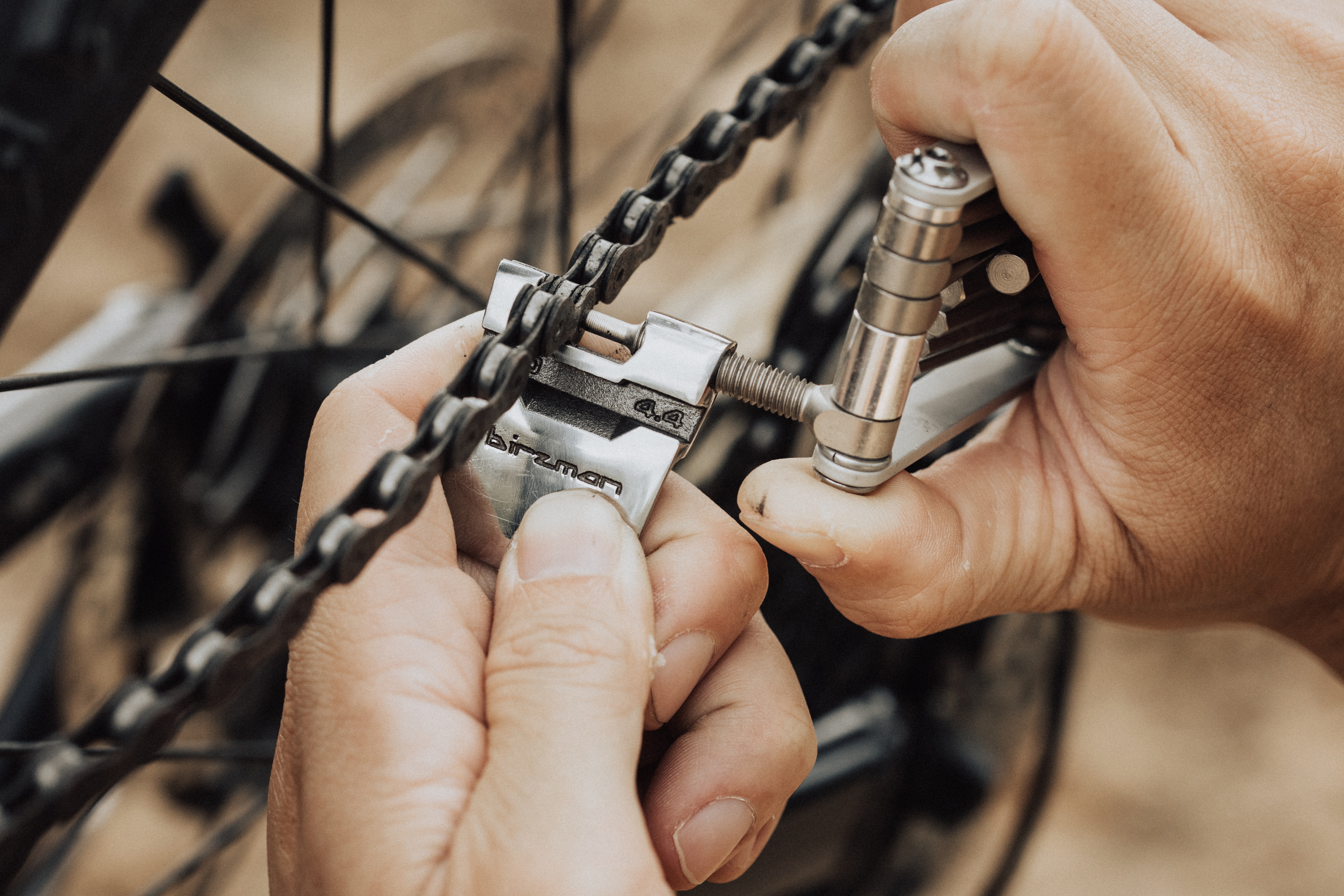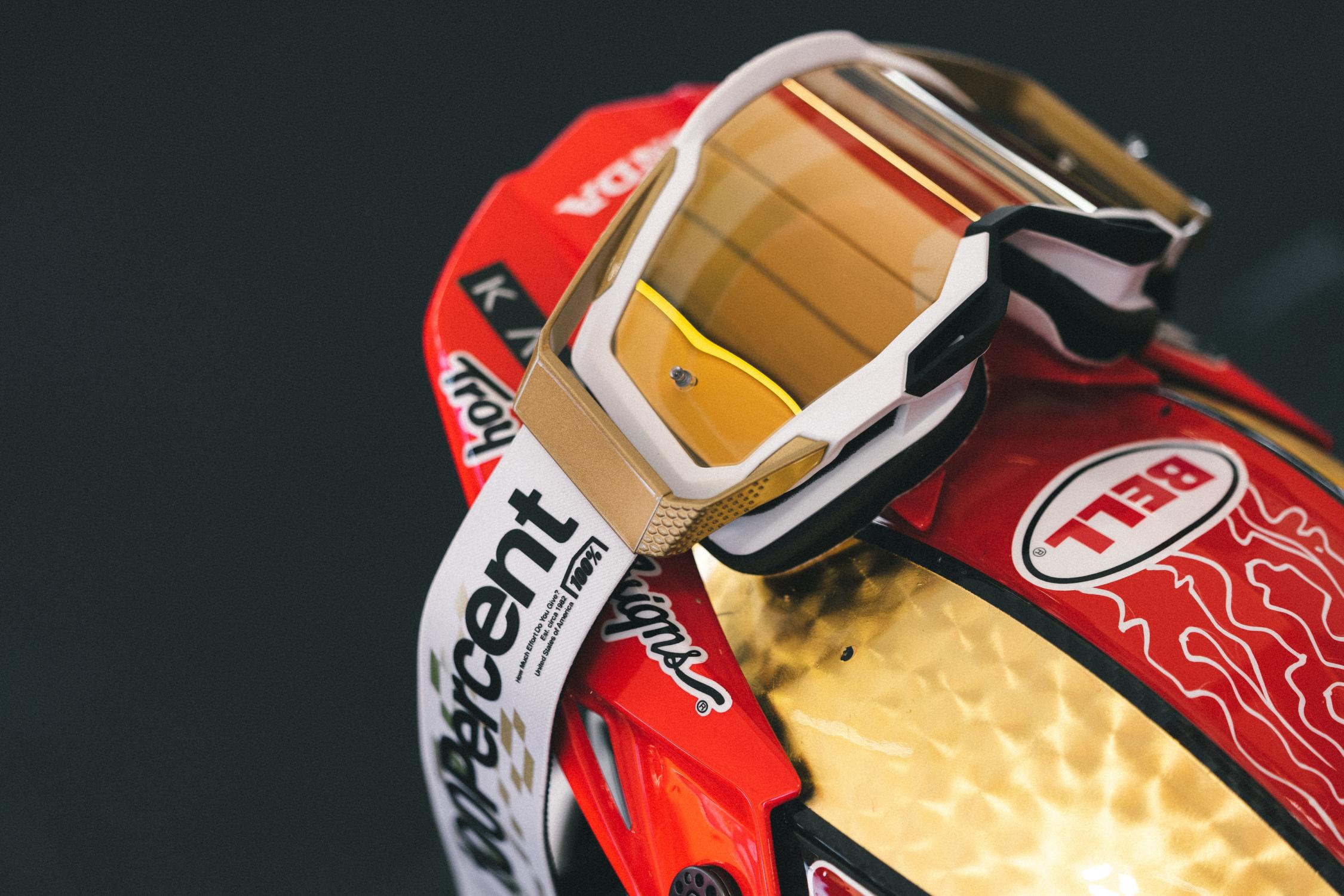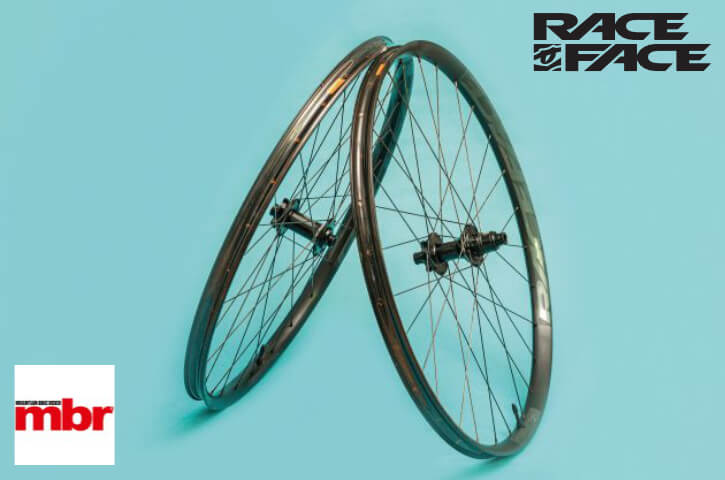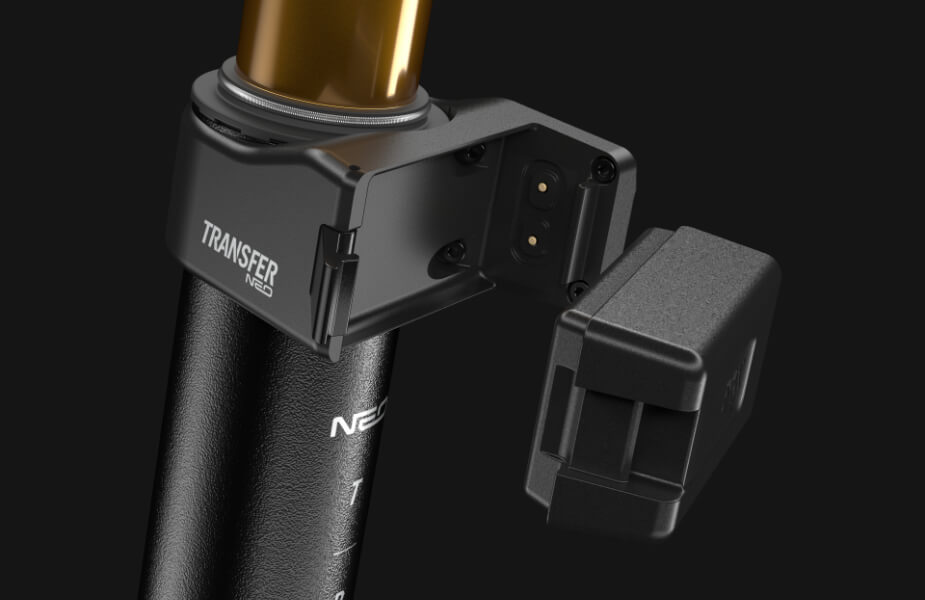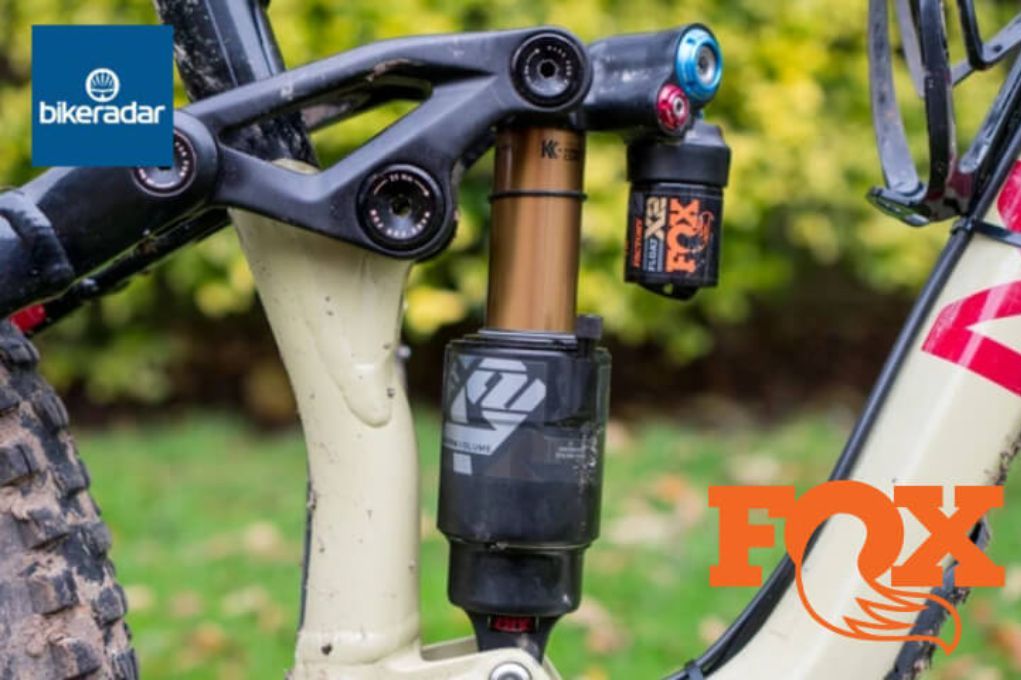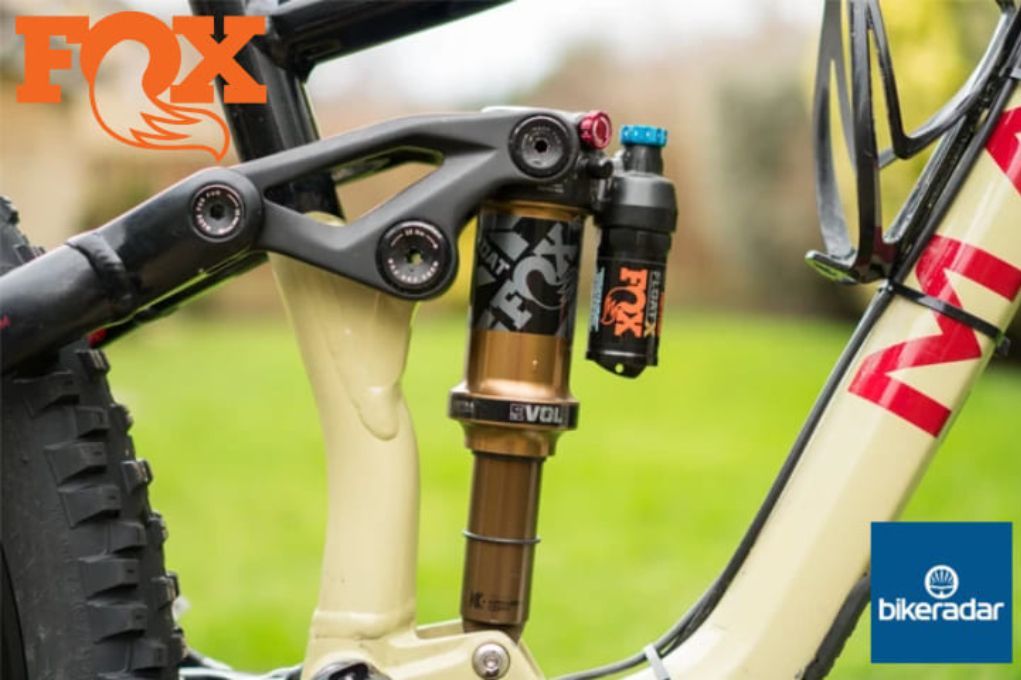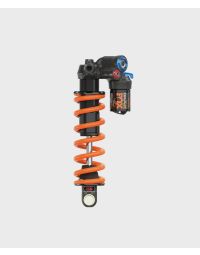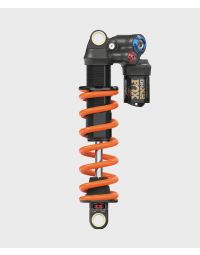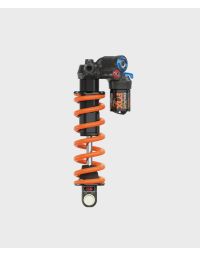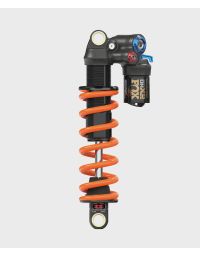ARMEGA SP25
Review: Bikeradar - Fox DHX2 Factory 2Pos-Adjust Shock
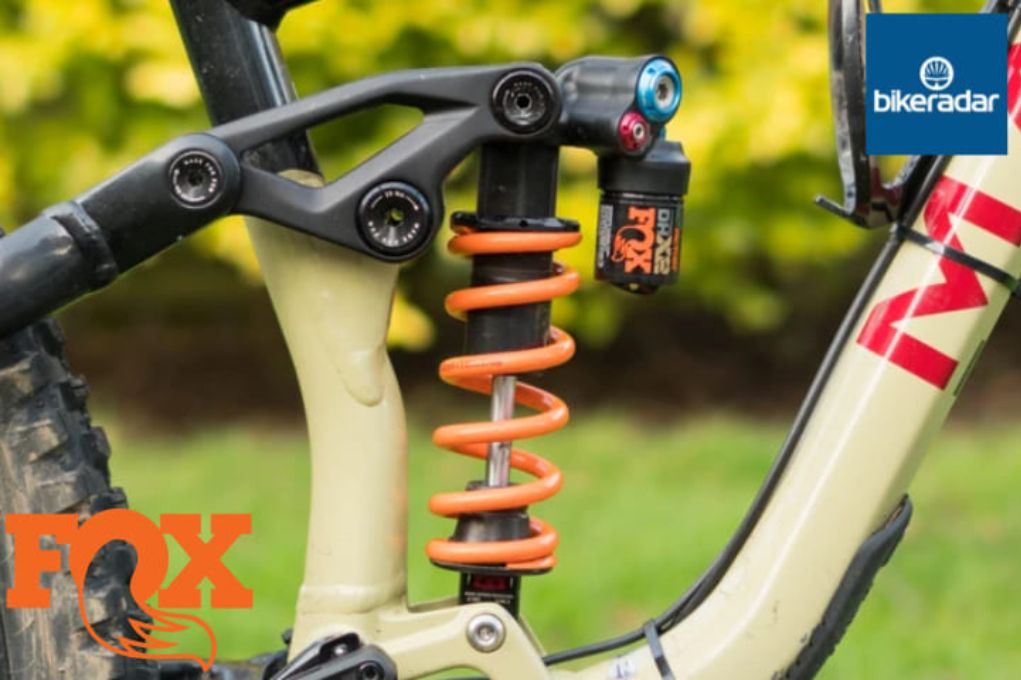
BikeRadar has reviewed the Fox DHX2 Factory 2Pos-Adjust Shock. Here is what they had to say:
Unparalleled off-the-top smoothness gives traction and comfort on the most extreme terrain.
Fox’s DHX2 Factory rear shock is the brand’s most adjustable and capable coil-sprung damper, designed to bring race-level performance to the everyday rider, whether they ride trail, enduro or downhill.
The shock received a recent redesign, where it got a new chassis, damper and a larger, more progressive bottom-out bumper.
These changes are almost identical to the ones done to the air-sprung version of this shock, the Fox Float X2 I have also reviewed.
The DHX2 chassis redesign, like the X2, moves the high-speed rebound adjuster to the eyelet end from the piggyback, where it was located before. The redesign also includes a shorter piggyback reservoir in a bid to increase compatibility with more frame types.
The lockout lever was moved from the high- and low-speed compression adjusters to the top of the piggyback. This, Fox claims, has enabled it to firm up the lockout compared to previous versions.
Other changes include a finned, steel damper body to increase stiffness and reduce hysteresis (when the damping circuit’s oil flow causes the valves to flex before they’ve opened, creating lag, which affects damping performance), and it has low-friction seals. The Ti-Nitride-coated gold stanchion of the old model has been replaced by a silver chromoly version that’s claimed to be more durable.
Elsewhere, it has 16 clicks of low-speed rebound and compression adjustment and eight clicks of high-speed rebound – that uses Fox’s Variable Valve Control (VVC) technology – and eight clicks of high-speed compression adjustment.
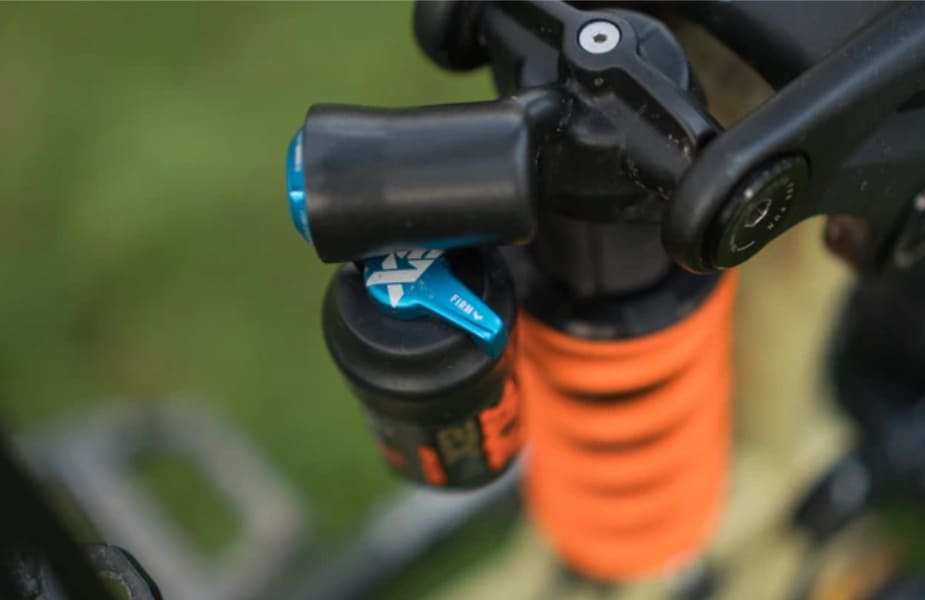
The damping is claimed to be linear to reduce harshness, too. Linear damping means the damping curve forces have a direct and unchanging relationship with shaft compression or rebound speed.
The faster the shaft speed, the more force is created by the damper, and the resistance created by the damper doesn’t suddenly change or alter.
Compared to digressive (that generates a large amount of force on slower shaft movements, then the forces flatten off as shaft speeds increase) or progressive (damping forces increase faster than shaft speed increases), Fox’s linear damper should feel more predictable and smoother on all bump types.
The spring preload ring now has a detent ball to stop it unwinding while the shock is cycling, meaning less preload can be run.
A rubber-like MCU bottom-out bumper is claimed to increase end-stroke progression and reduce harsh bottom outs. The new bumper is visibly larger than the old DHX2’s version.
The shock is available in both trunnion and eyelet mounting options, in both metric and imperial sizes.
The metric-sized trunnion mount 205×65 version of the DHX2 Factory rear shock weighed 504g on my scales.
I tested the Fox DHX2 Factory rear shock on a Marin Alpine Trail XR enduro bike, back-to-back with the Float X2 and the older discontinued DHX2.
The Marin uses a four-bar suspension design and is around 17 per cent progressive.
In my opinion, this amount of progression is better suited to air shocks with tuneable spring curves, but with a big enough bottom-out bumper and suitable compression damping, the frame can work well with a linear coil-sprung shock.
For context, the Alpine Trail XR is fitted with a coil shock from the factory, but the Alpine Trail Carbon 2 is fitted with an air-sprung shock.
I tested the shock in Scotland’s Tweed Valley on a wide variety of trails, including the exact runs used in the UK’s round of the Enduro World Series, through to the pedal-focused famous Glentress trail centre.
Trail conditions ranged from muddy bog slogging through to hero dirt grip in all-time conditions right the way to blown-out dust on baked-hard ground. This meant the shock got a thorough test on a bike and trails I know like the back of my hand.
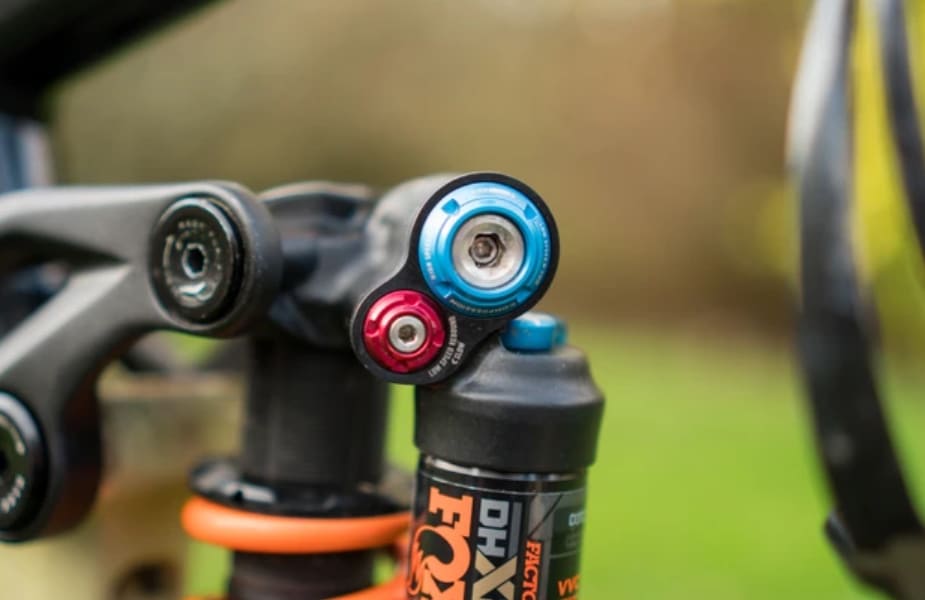
Fox DHX2 Factory 2Pos-Adjust (2022) setup
Using Fox’s online tuning guide and Marin’s own setup guide on their respective websites, I initially installed a 350lb spring for my 76kg kitted-up weight. This gave me roughly 21mm/32 per cent of shock stroke sag, slightly more than both Fox and Marin’s recommendations. This spring weight made the bike feel too soft and spongy, despite using the compression damping to try to firm things up a bit.
A 400lb spring was an improvement, giving 18mm/27 per cent of sag, and let me wind some of the compression damping off, bringing the settings closer to Fox’s recommendations.
However, I still felt that it blew through its travel too quickly, and now the rear end was a bit harder at the start of its travel, the firm damping settings started to make it feel a bit choked on the compression and rebound strokes when hitting small, sharp, successive hits.
The solution was to go up to a 450lb spring and wind off the compression and rebound adjusters to fully open, a setup I’ve used on almost all bikes fitted with X2 and DHX2 shocks.
Although this spring weight only gave 15mm/23 per cent sag, I found the reduction in sag was worth the compromise for the decrease in damper resistance that improved smoothness and traction.
The heavier spring also improved mid-stroke support and bottom-out resistance without needing to increase the compression damping. Equally, the linear nature of the coil spring meant the off-the-top suppleness wasn’t significantly lost compared to the lighter coils.
Fox DHX2 Factory 2Pos-Adjust (2022) setup
Its range of external adjustability is palpable, where several turns of the compression or rebound dials in either direction has a marked effect on how it feels. With such a wide range of adjustment, finding a setting that suits your bike and riding style is highly likely.
Despite its range of adjustability, I’ve found almost every bike I’ve ridden fitted with a DHX2 or X2 has benefitted from having the rebound and compression damping adjustment set to fully open.
In my eyes, this means the stock damping on the DHX2 and X2 shocks is set quite firm from the factory. It is possible to re-tune the DHX2 shock at an authorised Fox service centre, with pricing varying depending on where you live. In the UK, for example, prices start at £40 for a re-tune.
The high- and low-speed compression adjusters are easy to use, with six- and three-millimetre Allen key fittings. The low-speed rebound uses a 3mm Allen key, too, but the high-speed rebound (HSR) now requires a 2mm Allen key to turn.
Mounted to some frames, the HSR adjuster is tricky to access without removing the shock. This isn’t good news for quick, trail-side adjustments.
Each time I changed the spring, I had to remove the 25mm shock bushings, hindering speedy swaps. This might not be a problem if your frame has narrower bushings, but is something worth considering if you like to fettle regularly.
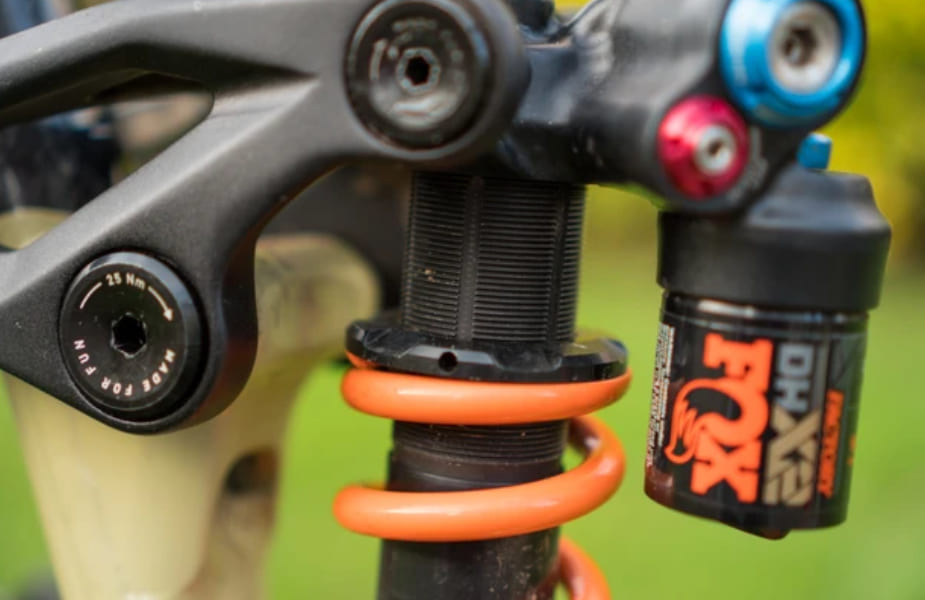
Fox DHX2 Factory 2Pos-Adjust (2022) on-trail feel
The shock’s on-trail feel is dominated by its super-smooth and fluttery action, where no small bump seems to go unabsorbed by the damper.
That super-plush off-the-top action pays dividends both in terms of traction and comfort.
Smash the bike through a rock- or root-strewn section and the damper works overtime to smooth out every small to mid-sized imperfection and bump.
Its smoothness is sensationally pleasing thanks to the amount of traction it creates as the rear wheel moves in line with the terrain’s contours and sticks to the ground, generating grip.
Its hyper-smooth action reduces small-bump reverberation into the bike’s chassis, helping maintain control and composure, and increase speed.
When riding rough man-made trail centre trails, this fluttery nature directly improves comfort. Cast an eye down at the shock and it can be seen working overtime to absorb every small bump.
Compared to the air-sprung Float X2, the DHX2 is a step ahead in terms of smoothness and sensitivity, but this comes at the expense of spring adjustability and progression.
Deeper into the travel, it was still impressive, providing ample support despite the test bike’s less than perfect progression figure.
Of course, some of the shock’s mid-stroke support was thanks to the higher than suggested spring rate I was using, but it was possible to feel the low-speed compression damping taking over to provide resistance on the compression stroke.
I found I could push against the support in berms and through compressions, even with the adjusters set to fully open, without the shock bombing through its travel.
This made the DHX2 stand out as a true performer, where some coil shocks can feel too soft in the mid-stroke.
The compression damping felt harder than the old DHX2 that, on the same bike and trails, required a 525lb spring to provide a similar feeling mid-stroke and enough bottom-out resistance.
Read the full article here



